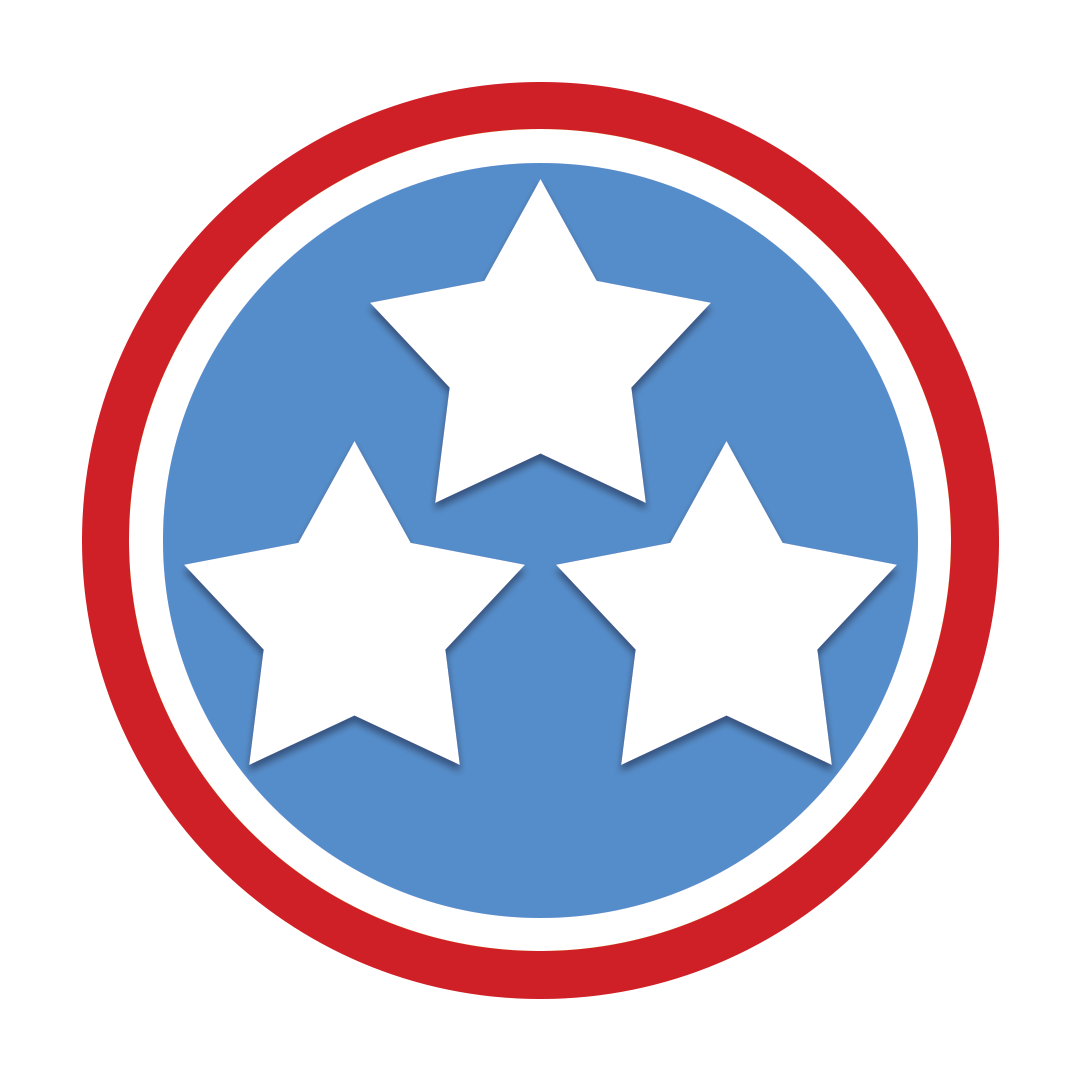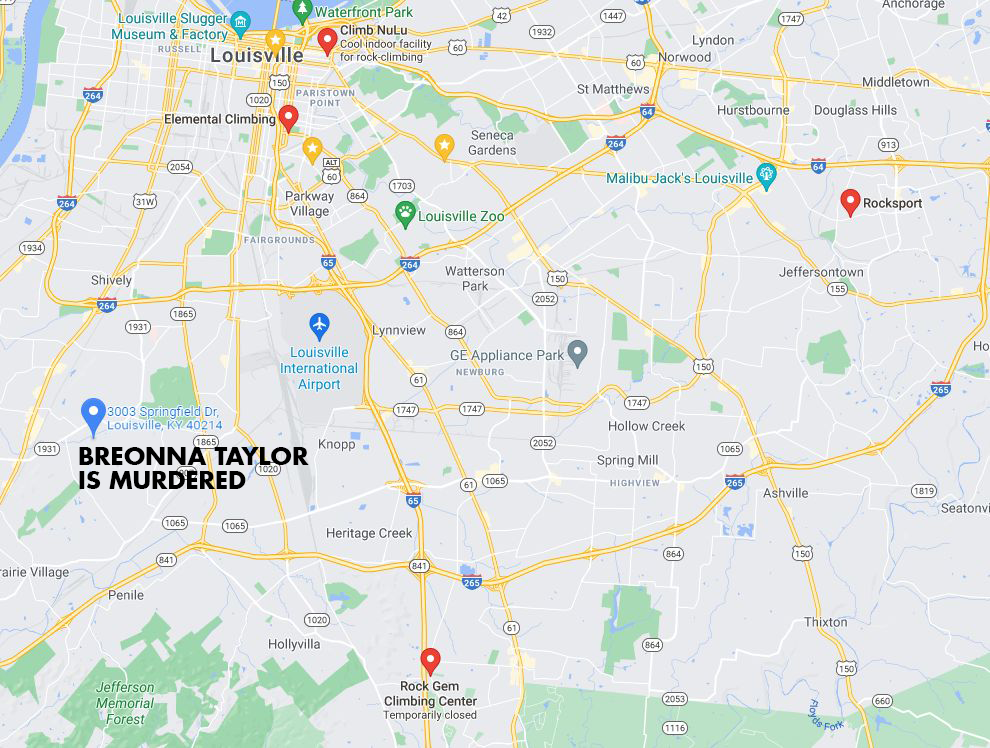The Price Is White
But whiteness can only allow for that power to be glimpsed, never touched. Chris Rock once joked: “Shaq is rich. The white man who signs his check... is wealthy.” The great book club of 2020, or whatever we call the micro-movement for Black lives that evaporated as quickly as it materialized, created a tremendous opportunity for racial capitalism. It allowed brands to shower the nonwhite community with riches while still hoarding all the wealth for its white, majoritarian capitalist bourgeoise.
Walls are Meant for Colonizing
When something is young, evolving, and fluid, it’s difficult to define, but as it hardens into a predictable shape, it’s much easier to understand. Through the years, the Reel Rock climbing film series has served as an essential and unintentionally honest discourse on race in rock climbing. And discourse doesn’t just shape and create knowledge. It ratifies power.
When You’re Black on Belay
There is a difference between simply saying ‘everyone is welcome’ and purposefully creating a space where the most marginalized communities feel safe and included. When spaces such as rock climbing gyms aren’t created with inclusivity and accessibility as governing forces, underrepresented communities then have to assimilate or code-switch to feel “a part of.”
Now That’s What I Call Racism!
The outdoors, wilderness, freedom— all of these are constructs; they are not real, any more than race is real. Both are mediated by a divided society, but both have very real consequences. Being black in the outdoors is very real, indeed. To say a space “cannot” have racism implies that its entire condition, across time, has never been altered by race. But the outdoors, in America, has always been a racial conversation.
The Great Equalizer
The history of a place creates future results for the space; this means if we want to understand the current reality of the indoor climbing industry, we must look at the history of where climbing gyms are built, and why. Climbing gyms around the country exist on the ashes of redlined neighborhoods, occupying familiar bands of warehouses, crumbling brick, and food deserts.
I'm Not Racist, My Best Square is Black!
The Black Square was interesting because it engaged something different entirely, but ended with identical results. Instead of borrowing black pain then returning it because it’s overwhelming (as allyship fatigue does) the black square doesn’t even pretend to help. It’s digital, ephemeral, and unaccountable. It’s an ironic badge that actively drowned out the voices of black people while loudly protesting the silencing of black people.







